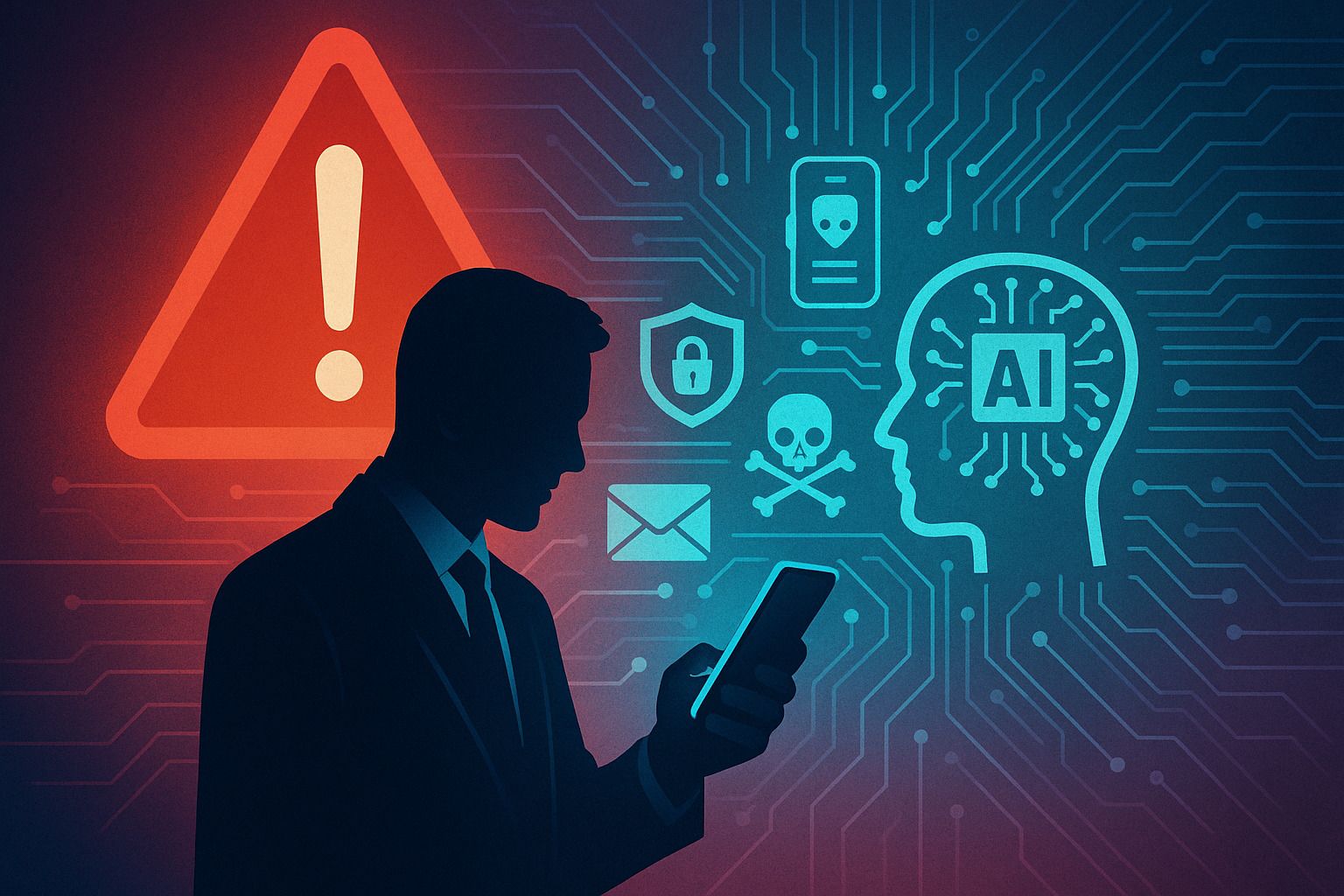
CYBER SYRUP
Delivering the sweetest insights on cybersecurity.
The Gold standard for AI news
AI keeps coming up at work, but you still don't get it?
That's exactly why 1M+ professionals working at Google, Meta, and OpenAI read Superhuman AI daily.
Here's what you get:
Daily AI news that matters for your career - Filtered from 1000s of sources so you know what affects your industry.
Step-by-step tutorials you can use immediately - Real prompts and workflows that solve actual business problems.
New AI tools tested and reviewed - We try everything to deliver tools that drive real results.
All in just 3 minutes a day
Verizon’s 2025 Mobile Security Index: AI-Driven Threats and the Evolving Risk Landscape

Verizon’s 2025 Mobile Security Index (MSI) highlights a sharp rise in mobile threats and growing concerns about AI-assisted cyberattacks, as organizations struggle to keep up with the pace of emerging risks. The report—based on a survey of nearly 800 IT and security professionals—reveals that mobile devices are increasingly becoming the weakest link in enterprise security ecosystems.
Surge in Mobile Threats Across All Sectors
According to the survey, 85% of organizations observed an increase in mobile device attacks over the past year. This upward trend spans all industries, regardless of company size or geography, emphasizing that mobile threats have become universal rather than niche or isolated.
Organizations report that AI-assisted threats, such as SMS phishing (smishing) and deepfake-enabled scams, are among the most concerning. More than 75% of respondents believe these attacks are likely to succeed, and 34% expect AI’s growing sophistication to significantly increase their exposure in the near future.
Lag in Defenses Against AI-Enhanced Attacks
Despite mounting concerns, only a small fraction of organizations have implemented targeted defenses:
17% have adopted specific controls against AI-assisted attacks.
12% have deployed safeguards against deepfake manipulation.
At the same time, nearly all respondents reported that employees are actively using generative AI tools on mobile devices, with two-thirds expressing worry that staff could inadvertently share sensitive information with chatbots or AI-driven platforms.
Consequences of Mobile Security Incidents
While most organizations express confidence in their ability to detect misuse and recover quickly from mobile-related incidents, the reality is more complex.
Among entities that experienced a breach or compromise:
47% suffered downtime,
45% reported data loss,
40% incurred financial penalties or fines, and
28% experienced reputational damage.
Notably, the percentage of organizations reporting significant operational downtime rose sharply—from 47% in 2024 to 63% in 2025—and about one-third of those affected described recovery as challenging and costly.
Investment and Strategic Priorities
There are encouraging signs of progress:
89% of organizations now have a dedicated mobile security budget,
75% increased mobile security spending in the past year, and
Roughly the same proportion expect budgets to grow again in the coming year.
To reduce exposure and strengthen resilience, Verizon recommends that organizations:
Implement a Mobile Device Management (MDM) solution for centralized security control.
Adopt zero-touch mobile security solutions to automate patching and compliance.
Continuously train employees to recognize phishing and social engineering tactics.
Evaluate defenses against industry benchmarks to identify and close security gaps.
Conclusion
Verizon’s 2025 findings reinforce a clear message: AI-enhanced mobile threats are evolving faster than enterprise defenses. Without proactive investment in security controls, employee awareness, and AI-specific safeguards, organizations risk falling behind in an era where smartphones and tablets have become primary targets for cybercriminals.

